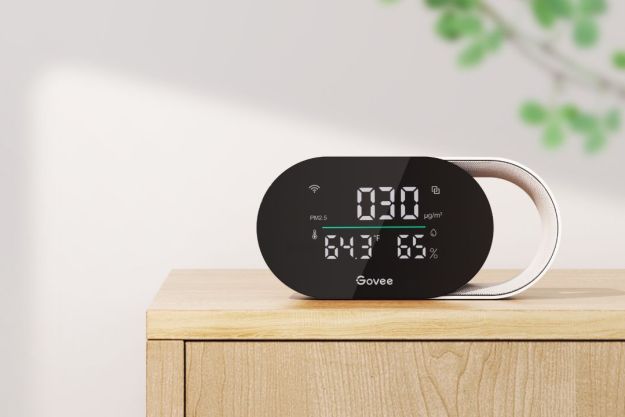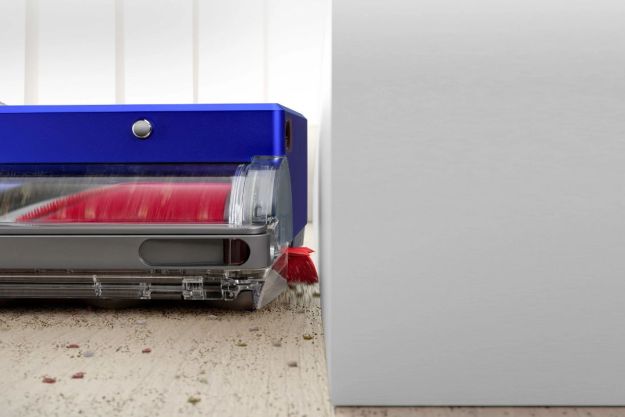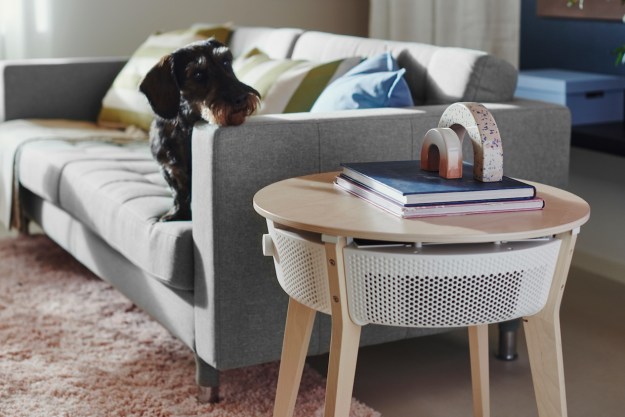You might know formaldehyde as a chemical used in the embalming process. If it preserves dead bodies, it can’t be good to breathe in, right? The bad news is that formaldehyde is a common air pollutant — but the good news is Dyson’s newest air purifier is fully sealed to destroy formaldehyde in your home.
The Dyson Purifier Formaldehyde range of air purifiers uses new solid-state formaldehyde-sensing technology to not only detect but destroy the chemical wherever it is found. Formaldehyde is hard to detect and is incredibly small. To put it in perspective, Dyson’s new purifier range captures most particles as small as 0.3 microns, or about the size of a mold spore or bacteria.
Formaldehyde particles are 500 times smaller than 0.1 microns. The new Purifier range is equipped with a specialized sensor that is able to detect this particle despite its size and destroy it through the use of a Selective Catalytic Oxidization filter. In layman’s terms, it uses a filter with billions of tunnels no larger than an atom that capture formaldehyde particles and destroy them.

Perhaps what makes it most impressive is the HEPA H13 standard the machines now meet. Rather than coming equipped with a powerful filter, the entire air purifier is sealed to ensure that no air leaves the purifier except through the proper channels. Thanks to this seal, anything that is captured in the filter remains in the filter.
The new Dyson air purifiers are 20% quieter than older models. In addition, they are capable of maintaining a certain amount of heat within the room, as well as monitoring the air quality level in real-time. The new purifiers also work with Amazon Alexa, Apple Siri, and Google Assistant for hands-free control.
Aside from the Dyson Purifier Formaldehyde range of air purifiers, the company also introduced new models for the Dyson Purifier Cool and Dyson Purifier Hot+Cool.
The Dyson Purifier Cool Formaldehyde is available for $650, while the Dyson Purifier Hot+Cool Formaldehyde unit is available for $750. Each model is available in different color options to best suit your home’s decor.
Most people still spend the majority of their time indoors. Maintaining proper indoor air quality is more important than ever, especially as summer comes and you begin to venture out into the world more.
Editors' Recommendations
- Dyson’s new AR mobile app shows where you forgot to clean
- Mila reveals a sleek new humidifier/air purifier combo at CES 2024
- Matter adds support for fridges, air purifiers, robot vacuums, and more with massive 1.2 update
- SwitchBot S10 robot vacuum connects to your plumbing for fully automated mopping
- Dyson 360 Vis Nav vs. Ecovacs Deebot T20 Omni: which is the better robot vacuum?




